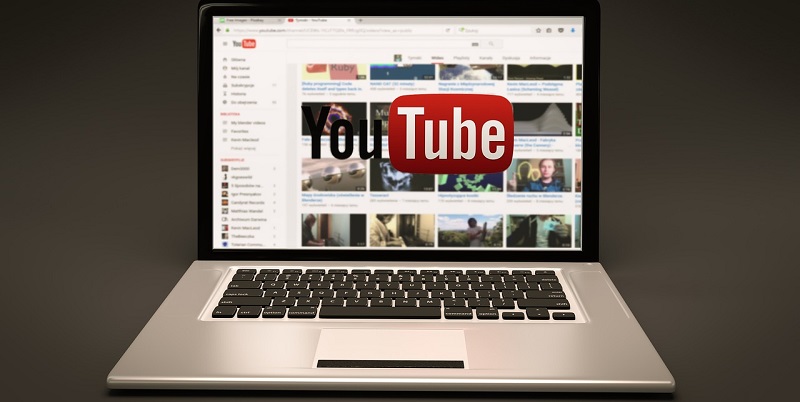In an effort to further engage creators and improve accessibility for their audiences, YouTube has launched an artificial intelligence (AI)-powered dubbing tool. The tool is from Google’s Area 120 incubator’s AI-powered dubbing service called ‘Aloud.’ It transcribes videos, generates dubbing, and allows creators to review and edit the transcription before publishing. The tool aims to make it easier for creators to expand their reach and customize their content for broader audiences.
Origins of the tool
Google’s Area 120, an incubator for experimental projects, has been exploring ways to leverage AI in audio and video production. They have developed an AI-powered dubbing service called ‘Aloud’ that uses AI to synthesize realistic-sounding speech and provide speech-to-speech translations. Based on their work, YouTube was able to create a dubbing tool that should streamline content creation.
How the tool works
The dubbing tool primarily automates the process of transcribing and translating videos into different languages by using AI. It ensures accuracy by reviewing the audio track and transcribing it using AI-based machine learning algorithms. While the tool currently only supports a select few languages, it offers a great starting point for creators to expand and diversify their content.
Supported languages
Currently, the tool supports a limited range of languages such as English, Spanish, and Portuguese. However, Google intends to expand the range of supported languages in the near future. This endeavor would ensure that creators have the opportunity to take advantage of the tool, regardless of where they are in the world.
Testing
To further improve the tool, YouTube is currently testing it with hundreds of creators to ensure that it works as expected. As testing continues, the teams behind the tool can use creators’ feedback to enhance the technology for even higher-quality translations.
Future goals
According to a statement by Google, the company is “working to make translated audio tracks sound like the creator’s voice, with more expression and lip sync.” This goal means that translations of videos should be more fluid and accurate, making the tool even more efficient and effective for creators.
Multi-language support
Back in February, YouTube announced a feature called “multi-language support,” which allows creators to dub their videos in multiple languages without having to manually perform the task. The current dubbing tool is an expansion of this feature, offering more sophisticated functionality powered by Aloud. The AI-powered dubbing tool makes it easier than ever before for creators to broaden and diversify their audiences in different parts of the world. By automatically transcribing and translating videos into a variety of languages, creators can produce high-quality content for their global viewership, helping them increase engagement and drive growth.
Future plans
The creator economy is constantly evolving, and YouTube is committed to staying at the forefront of this change by expanding its offering of advanced multimedia technologies to provide creators with greater autonomy in creating content. The plans for translating tracks to sound like the creator’s voice, complete with more expression and lip-syncing, are expected to roll out next year.
The AI-powered dubbing tool is a vital tool for creators, allowing them better control in tailoring their content to diverse audiences around the world. By leveraging the power of AI, creators can now produce high-quality translations quickly, accurately, and efficiently. As the industry continues to evolve, the AI-powered dubbing tool offers a glimpse into the future of multimedia technology, and YouTube is at the forefront of these advancements.

